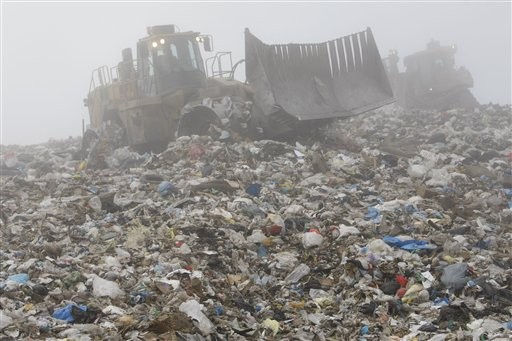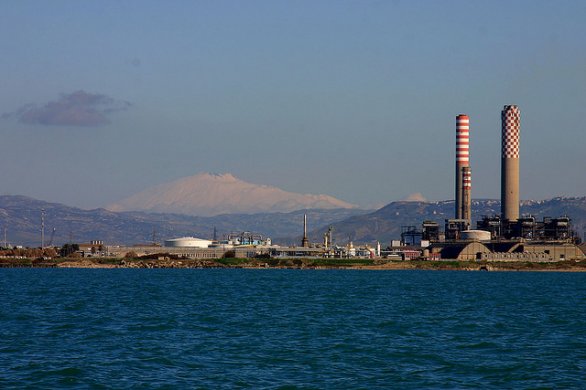Beijing, 15 June 2013
My postings are meant to be about things beautiful or pleasurable. But sometimes, to truly appreciate beauty or pleasure one has to experience the absolute opposite, just as to appreciate Good one has to experience Evil. And so my post today is about stinky tofu.
Any reader who has walked a street in Asia, as my wife and I did here in Beijing last night, where hawkers are selling stinky tofu
and been subjected to the particularly awful stench of this foodstuff
will understand immediately my choice of it as the extreme opposite of all that is beautiful and pleasurable.
For those of you who have never wandered unwittingly into a drift of stinky tofu odour, though, how can I describe its reek? A similarity to rotting garbage has been suggested by some.
I can assure you, however, from the height of my one and only experience of working in a landfill, that landfilled garbage smells quite nice compared to stinky tofu; in its later stages the rotting process produces certain organic acids, which offset the smells of putrefaction.
That being said, I will admit that freshly rotting garbage, especially when left standing on a city street on a hot summer day, can be quite dreadful. My poor wife suffered terribly from this in her third month of her first pregnancy as we walked to work in the mornings.
Others have suggested similarities to wet socks or smelly feet.
It is certainly true that this is a smell which can be quite dreadful. I have one memory in particular of stinking feet which is etched into my brain for ever more. One Easter holiday, my English grandmother took me on a bus tour of Spain (I mentioned another tour she took me on, aboard a cruise ship, in an earlier post). One afternoon, in some town I now no longer remember, four of us were visiting a church. A local came up and offered to be our guide. Being too polite to refuse, we submitted. There followed one of the most dreadful 20 minutes I have ever had to pass. The man spoke rather quietly so we had to lean in to understand. But on leaning in we encountered a powerful stink coming from his malodorous feet. If, to escape this, we leaned in still further, we encountered a powerful stench of garlic emanating from his mouth. And so we swayed unhappily back and forth between the Scylla of his feet and the Charybdis of his mouth for 20 long, long minutes.
Awful …
Yet others have suggested strong resemblances to the smell of faecal matter. It is true that some of the public toilets I have been forced to use in China have had certain olfactory similarities to stinky tofu, although in defence of China’s public toilets, our experiences with them have generally been positive.
And sometimes the stench from street drains here in China can be incredibly strong. There is one in particular in front of a Ministry which I often have to visit that has exceedingly powerful exhalations, and the drain opening is located precisely where I get out of the car to enter the building. I rather fancy that the Ministry keeps it that way to chase off the swarm of petitioners who haunt every Ministry in Beijing, looking for the justice which they cannot get back in their home towns. And perhaps to chase me off too.
And then there is the smell of rotting meat, which can be particularly disagreeable. Luckily, I have never had the misfortune of stumbling across a decomposing corpse like my grandmothers’ cousins must have done in the trenches of the Western Front, although I do have a memory many years ago of coming across a dead and decomposing rabbit in a field. That was quite disagreeable enough, and unfortunately I am reminded of it every time I visit our local supermarket. I don’t know what the problem is with the building’s ventilation but the fact of the matter is that the meat and fish sections smell really rancid.
We never, ever buy meat or fish there. On a side-note, from my rare outings to other supermarkets here it seems to me that Chinese supermarkets generally have a problem with ventilation. At least, I hope it’s that and not the quality of the food.
Some commentators have suggested a similarity between some of the smellier cheeses and stinky tofu.
Certain cheeses do indeed have awesomely powerful aromas, and I have mentioned some in previous posts, but none I have ever come across reach the levels of stinky tofu.
Indeed, in my opinion none of the smells I have so far reviewed, awful as they are, reach the heights of olfactory horror of stinky tofu. The incredible thing is, there are people who actually like to eat the stuff! Aficionados claim that while the smell is pretty powerfully horrible the taste is sublime.
But I look at these people trying to eat it
and I know that this is a claim I will never, ever, EVER, test.
_________________________________
Hawker selling stinky tofu: http://www.wiredmash.com/wp-content/uploads/2012/11/shilin-7773.jpg
At a stinky tofu stall: http://1.bp.blogspot.com/_dcySoOkPBTo/TFGvcdR0XXI/AAAAAAAAALE/c3nWQkiA8IY/s1600/At_a_Stinky_Tofu_Stall.jpeg
Rotting garbage: http://www.cbc.ca/gfx/images/news/photos/2009/07/30/w-toronto-strike-cp-7088271.jpg
Landfill garbage: http://cdn2-b.examiner.com/sites/default/files/styles/image_content_width/hash/ad/d4/add4a119570bcadddc356d36f902ffd2.jpg?itok=ZrYbfrYD
Smelly feet: http://www.personal.psu.edu/afr3/blogs/siowfa12/smelly-feet.jpg
Scylla and Charybdis: http://cghub.com/forum/attachment.php?attachmentid=46899&d=1305261655
Public toilets: http://www.scmp.com/sites/default/files/styles/980w/public/2013/02/22/china-toilets_bej03_4751449.jpg?itok=ZVuaWtvO
Chinese supermarket: http://images.travelpod.com/tripwow/photos/ta-00a1-9098-55fc/walmart-smoked-meat-section-yueyang-china+1152_12839097171-tpfil02aw-10357.jpg
Smelly cheese: http://blu.stb.s-msn.com/i/9E/6C3E59DD72C77E4D299AA65F3C3A71.jpg
Eating stinky tofu-1: http://themightyafro.com/cms/wp-content/uploads/2009/06/stinky-medium.jpg
Eating stinky tofu-2: http://aningredientaday.files.wordpress.com/2012/07/stinky.jpg
Eating stinky tofu-3: http://2.bp.blogspot.com/_bvgGOKjWg6U/TFPYpiF-oPI/AAAAAAAACBo/F6guzJeZ8Xg/s1600/12+Stinky+Tofu5.JPG












































